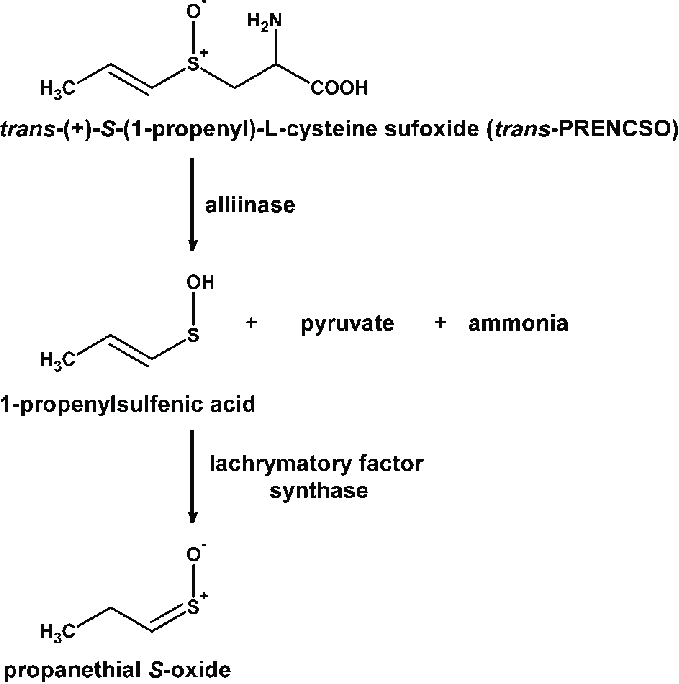Unicellular Intelligence: Exploring the Fascinating World of Single-Celled Organisms
- Thamizhinian Vasudevan
- Jun 2, 2023
- 3 min read
Introduction:
Despite their small size and simplicity, unicellular organisms exhibit astounding powers that have captivated scientists for decades. These microbes demonstrate intelligence in their own unique way, from their capacity to adapt to changing circumstances to their outstanding problem-solving abilities. This blog delves into the enthralling world of unicellular intelligence, delving into fascinating aspects of their biochemistry, manufacturing ability, movement, and collective behaviour.
Biochemistry of Memory:
When we think of memory, we frequently think of complicated brains. At the molecular level, however, even unicellular organisms demonstrate memory-like behaviour. Recent research has revealed that single-celled creatures can adapt to and remember specific stimuli, allowing them to respond efficiently to future challenges. These microbes may "remember" previous encounters and adapt their behaviour by changing gene expression and protein synthesis.
Nano-brain of E.coli : Sensory-motor regulation in motile bacteria like E. coli is mediated by a nanobrain, which is made up of thousands of alpha-helical transmembrane protein fibres grouped together at one pole. The extracytoplasmic sensory receptor input ends of these fibres are associated with receptor protein domains that specifically bind attractants such as serine, aspartate, ribose, and so on, and the opposite, protein kinase output end of each fibre is associated with a protein kinase that controls flagellar function.

Attractant ligand binding causes changes in fibre shape, which influence protein kinase activity and so modulate swimming behaviour. Each of the nanobrain's hundreds of fibres is a four-helix bundle with at least eight potentially anionic glutamate side chains that can be exposed as a minus charge or neurtralized by methylation. Attractants cause methylation increases (filled ovals), which offset the effects of attractant binding and return behaviour to a predetermined, tailored steady state value. The new steady-state amount of methylation serves as a memory function that can be used to influence further behavioural changes. Subsequent increases (or decreases) in attractant concentration result in attractant (or repellent) behavioural responses, which in turn lead to increases (or decreases) in methylation, which act to restore steady-state behaviour and provide a new baseline'memory' for assessing future attractant or repellent stimuli.
Outsourcing-Diatoms in Fabrication of Metal-Doped 3D Biosilica:
Diatoms, a form of unicellular algae, have a remarkable capacity to build sophisticated silica-based structures. Scientists have taken advantage of this inherent ability and used diatoms as biofactories to create sophisticated compounds. Researchers successfully incorporated metals into 3D biosilica structures by "outsourcing" the construction process to diatoms. This opens the door to the development of new materials with unique features for use in a variety of sectors, including biotechnology and nanotechnology.

Amoeba-Inspired Magnetic Venom Microrobots:
Researchers have created microrobots inspired by amoebas that can emulate the distinctive mobility and predatory behaviours of these single-celled organisms. These microrobots can navigate complex settings, search out specific targets, and deliver therapeutic payloads by combining magnetic characteristics and soft robotic components. This novel method has the potential to revolutionise targeted medicine administration and minimally invasive medical treatments.
A Biologically Inspired Embodied Intelligence-Based Search Strategy for a Moving Target:
Despite their simplicity, unicellular creatures have evolved efficient tactics for hunting and obtaining prey. Scientists have researched their behaviours and created biologically inspired algorithms to solve complicated search challenges like detecting a moving item in a dynamic environment. These algorithms can improve search efficiency and optimisation in a variety of disciplines, including robotics and logistics, by replicating the embodied intelligence of unicellular organisms.
Slime Mould Collective Behaviour and Swarm Intelligence:
Slime moulds, which appear to be basic organisms, exhibit astonishing collective behaviours similar to those observed in sophisticated social systems. These creatures are capable of forming complex networks and making decentralised decisions that optimise resource utilisation and adaptation.Scientists researched slime moulds to learn about the concepts of swarm intelligence, which led to the invention of novel algorithms for addressing difficult optimisation problems like transportation networks and supply chain management.

Conclusion:
Despite their apparent limitations, unicellular organisms exhibit a wide spectrum of cognitive behaviours and skills. Scientists are revealing useful insights that inspire new solutions in a variety of disciplines by examining their biochemistry, fabrication skills, locomotion, and collective behaviours. Exploring the world of unicellular intelligence not only broadens our understanding of these microbes, but also opens up new avenues for improving technology and addressing complicated challenges in our own human-made systems.
About the Author:
Thamizhinian V
Biotech Undergraduate
Referenses:
Image Credits:




Comments